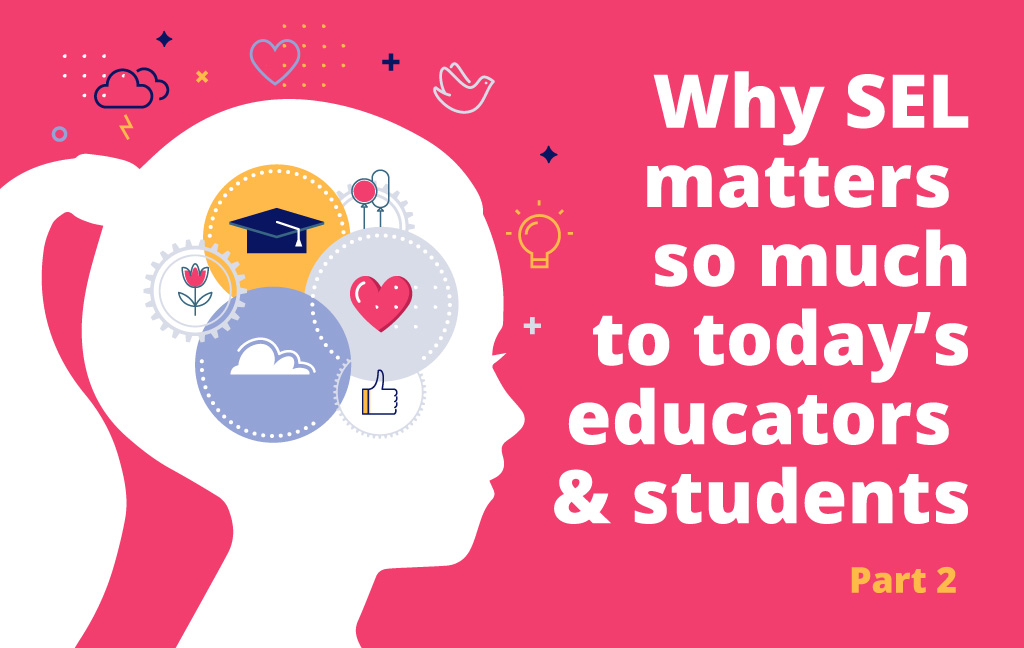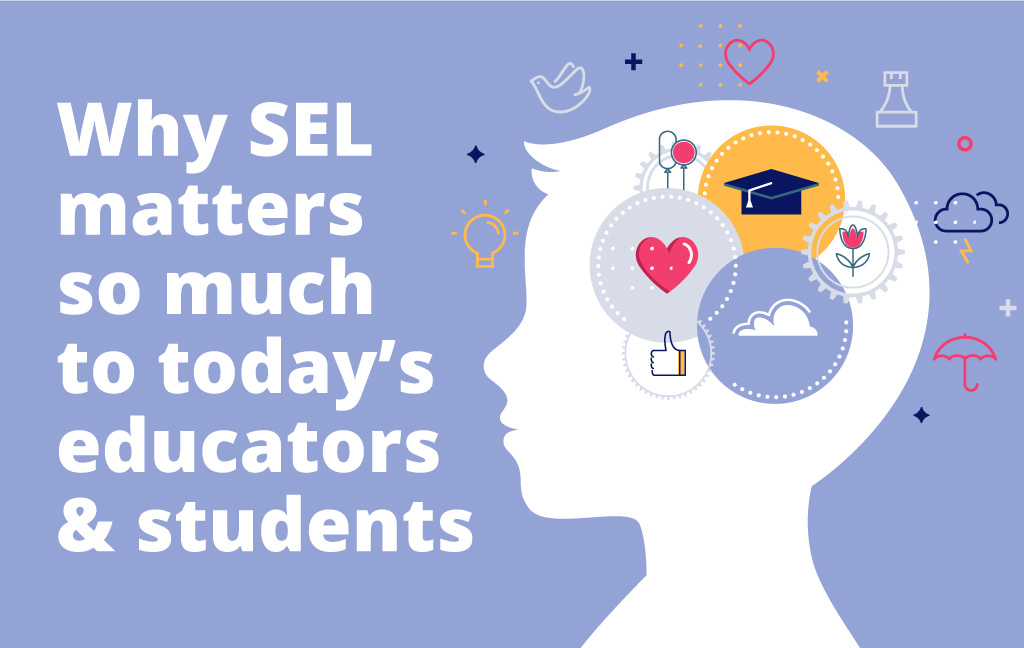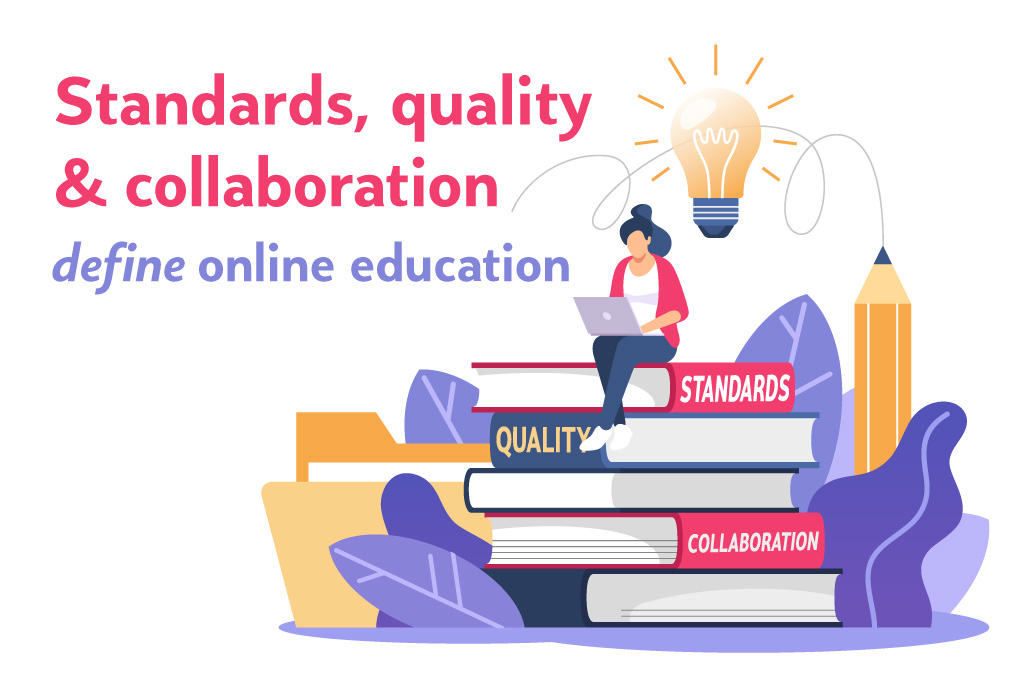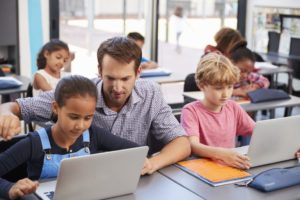Part 2 of a 2-Part Blog, View Part 1 here.
A Q&A on the importance of social- & emotional-focused education
As trusted leaders in K-12 online learning, the Virtual Learning Leadership Alliance embraces the critical role of social and emotional learning (SEL). VLLA members are spearheading SEL initiatives, incorporating best practices into their curricula for the overall health and wellbeing of students.
VLLA recently sat down with Junell “Nellie” Christian, director of ACCESS Virtual Learning and a VLLA member, to gain insights into SEL and its importance for online educators and, especially, for those they teach.
How is SEL best incorporated into the K-12 curriculum?
I think the best way to incorporate SEL is through the purposeful integration into academic subjects. Teaching social-emotional skills throughout the academic curriculum prevents SEL from becoming “another initiative” or siloed in its importance with respect to student growth.
To integrate SEL into academic subjects, it needs to be intentional; teachers need to be taught what it looks like and how to navigate it. I happen to think that we have always done SEL, but the information dissemination to students and their families comes so fast that what we have lost is the space and time to process. Finding the space and time to process key and an emerging dimension in teaching and learning that we must recognize needs attention.
Why should educators care about SEL?
They always have. I think we now have a name for it. Educators have always been about meeting the needs of the whole student.
The difference today is that society has become more complex, more demanding, and very much an instantaneous response type of environment. With so many competing demands for a student’s attention, social-emotional connections do not have long to develop. And, once they develop, the dynamic quickly changes.
The rapid flow of information is often difficult with which to keep pace. Processing time and space are not a luxury that is easy to come by. Finding time and ways to allow students to process is a skill that students need to navigate successfully into adulthood. Additionally, we have to figure out how to capture and maintain the student-teacher relationship given the modern-day complexities that slow or even prohibit the development.
Students want to learn; teachers want to teach. Students are much more receptive to the teacher who genuinely cares about them; likewise, teachers are must more engaged and motivated when they know students are relating to them, their classmates, and the content. A bridge to help develop this is the social-emotional learning continuum that provides for the foundation for understanding for both students and teachers.
What is the future of SEL as it pertains to online learning?
The future of social-emotional learning will become increasingly more important for all learners. Technology cannot take the place of relationships, and this is the crux of developing and maintaining the social and emotional development and well-being of all.
I’ll allude to what I spoke of earlier in that educators must be more adaptable and flexible than ever before. This is an interesting concept because while we think that flexibility and adaptability are inherent in education, the institution itself is one of the most difficult and slowest to change. How do we make the most of time we don’t have in spaces that don’t exist? What does it mean to have a social and emotional balance that allows for optimal academic growth?
I think the concept of SEL likely has more questions than answers, but that is exactly the answer. We must keep searching for ways to meaningfully connect academics to life and vice versa in order to grow a generation of learners and leaders who are able to think critically, evaluate fairly, and recognize the need for balance and understanding in a world that is constantly competing for anyone’s attention.
“Social-emotional learning is a part of a quality educational experience for students and teachers alike. Innovation and intentional implementation are necessary to unlock the potential it has to positively impact academic achievement and student success in the online and onsite learning environments,” concludes Christian.
As referenced by Christian, student growth has as much to do with academics as it does with the child’s overall growth and development. As always, educators will continue to provide a strong foundation of support for overall success.






